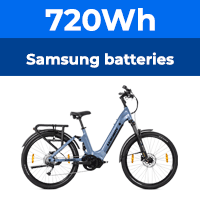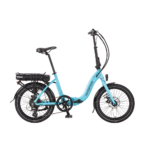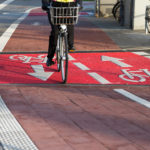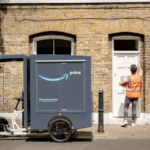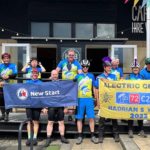I understand how a controller can manage voltage and amps to control power (under my school friend Ivy Watts  ) but how can the controller limit 'speed' ?
) but how can the controller limit 'speed' ?
Unless the controller knows how many RPM the motor is doing and also knows the diameter of the wheel it is fitted to - but this seems very complex.

Unless the controller knows how many RPM the motor is doing and also knows the diameter of the wheel it is fitted to - but this seems very complex.


